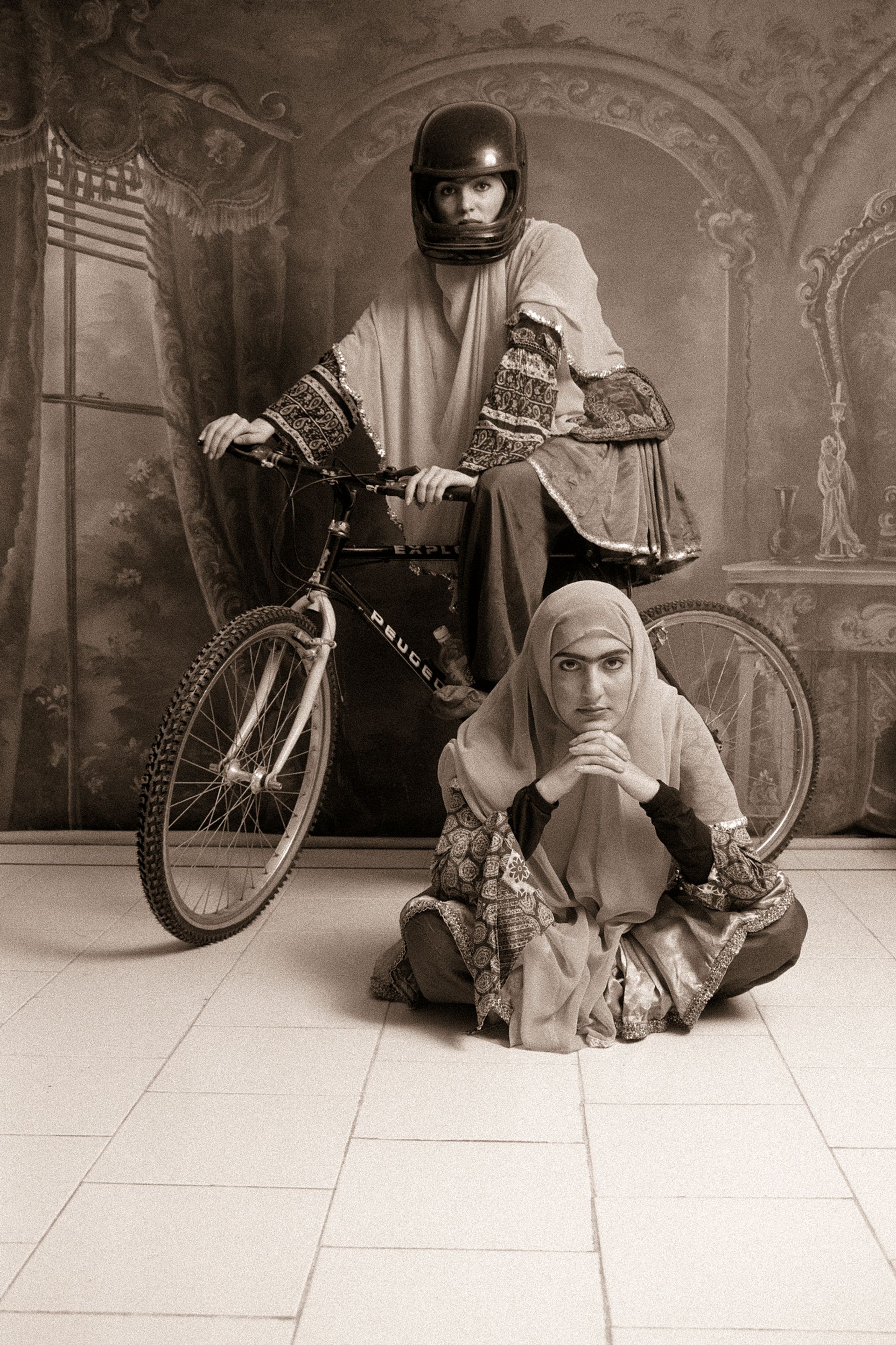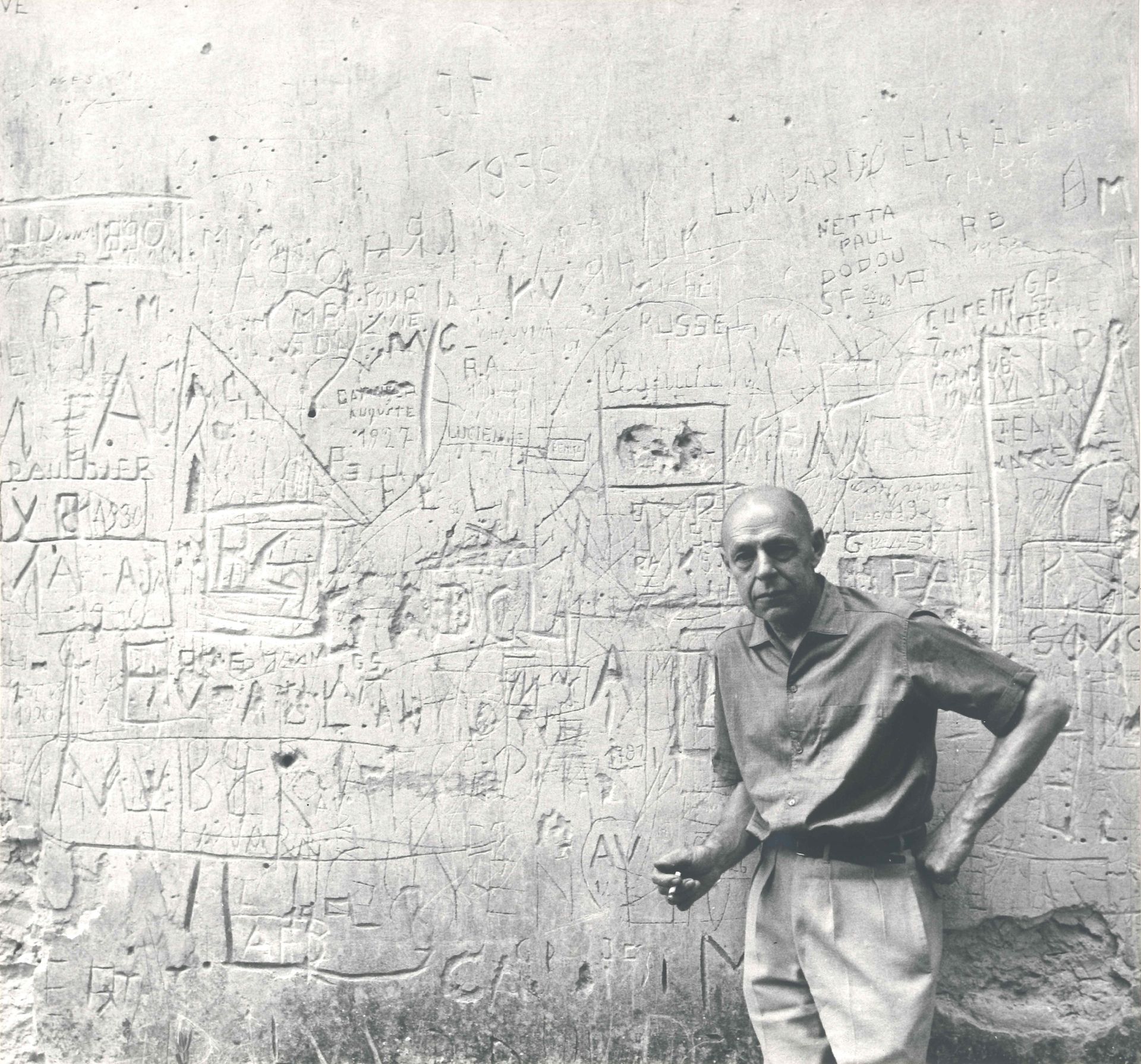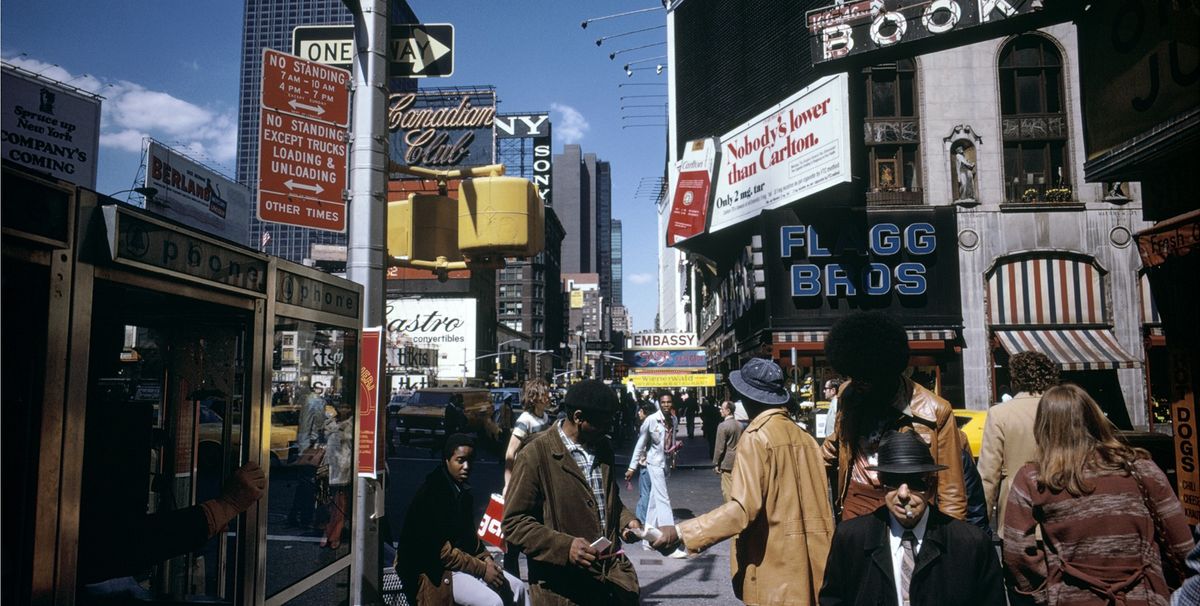Joel Meyerowitz: Early Works (until 27 August)
Salle Henri-Comte
A woman peers out from a cinema box office booth, her face completely obscured by the voice grill. The black-and-white image—Times Square, New York (1963)—is one of Joel Meyerowitz’s earliest pictures, capturing street life in the metropolis of Manhattan. Meyerowitz, who ventured into the city with two Leica cameras, has said: “The best way is to look at the ‘old guys’ like Brassaï and Atget. The street teaches you to act quickly when you see something. If you don’t, you miss it!”
66 Iranian Photographers: Iran, Year 38 (until 27 August)
Eglise Sainte-Anne

The figure of 38 cited in the title relates to the number of years since the 1979 Islamic Revolution that has profoundly transformed Iran. The exhibition features 66 photographers, including Shadi Ghadirian (Qajar, 1998) and Sina Shiri (Silent Side, 2015). Shiri’s Instagram account, @sinashirii, includes more of her documentary images detailing life in Iran. “It is not a coincidence that Iran has so many photographers. When today’s Iranians want to express themselves, they use the tools given to them by history. The modern version of poetry is photography, of course,” say the co-curators Anahita Ghabaian and Newsha Tavakolian.

Jean Dubuffet: the Photographic Tool (until 24 September)
Atelier des Forges
The post-war titan Jean Dubuffet also turned to photography, using the medium to document the development of his artistic practice. Dubuffet’s holdings of several thousand images—comprising negatives, prints, and albums—reflect “Dubuffet’s goal of creating an exhaustive documentary archive of his oeuvre, both to serve his ‘work in progress,’ and to control the spread of his work,” say the curators, Sam Stourdzé and Anne Lacoste, in a statement. A selection of images depicts Dubuffet’s Coucou Bazar “animated painting”, which was shown at the Guggenheim Museum in New York in 1973.


